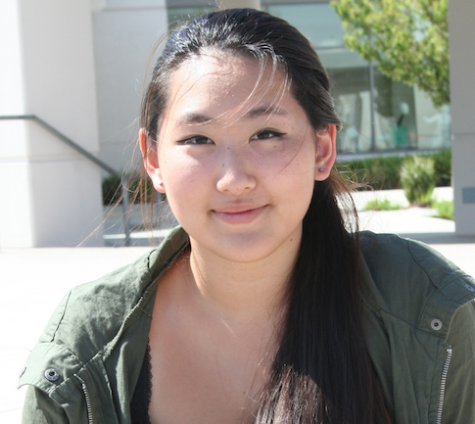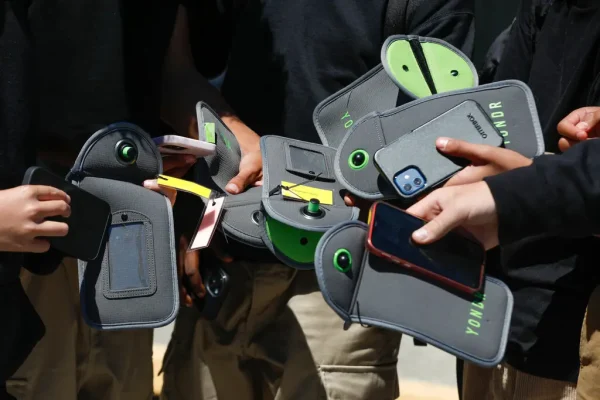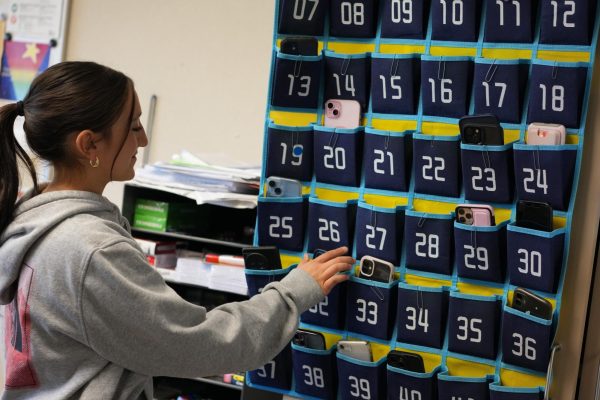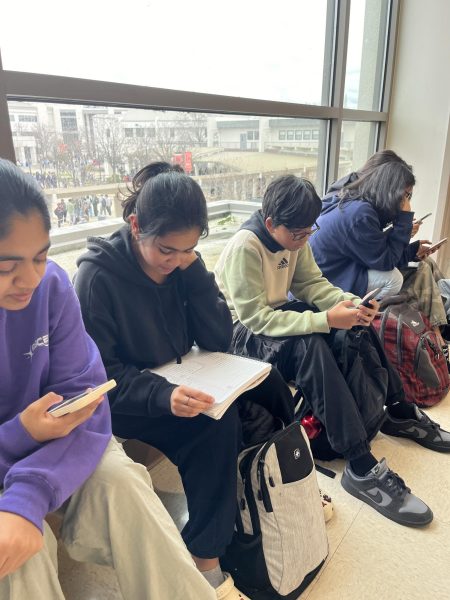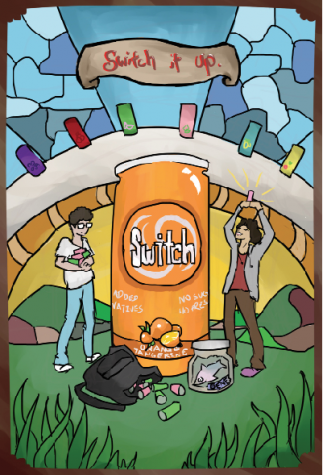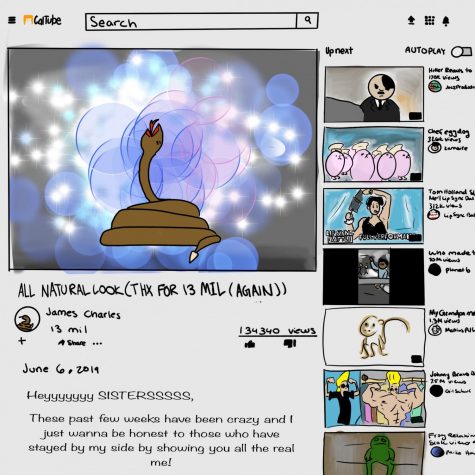California water levels are nearly at historic lows
Despite the recent rain that many parts of the state has experienced, California is suffering through its driest period since becoming a state more than 160 years ago.
Essentially, what the Golden State has on its hands is a severe drought.
Gov. Jerry Brown declared a state of emergency on Jan. 17 and called for all Californians to reduce their water use by 20 percent.
California has experienced multiple droughts in the past. The three most notable ones of the 20th century are from 1928-1935, 1976-1977, and 1987-92, according to the California Department of Water Resources.
“[The drought of] 1976 to 1977 is much worse of the one of 2013 to 2014,” said Scott Stine, a professor of anthropology, geology, and environmental studies at Cal State East Bay.
The drought of 1976-77 inspired a water conservation movement, which included the use of low-flow toilets and shower heads, water-saving washing machines and dishwashers, drip irrigation, and recycled water, according to the San Francisco Chronicle. An emergency pipeline also was constructed across the San Rafael Bridge.
Although the current drought is quite serious, such drastic measures are unlikely to be taken.
During the 1976-77 drought, the total rainfall for the San Francisco area was 11.06 inches, according to Golden Gate Weather Services. The total rainfall for the area for 2013-14 is 3.4 inches with still five months to go in the current rain season.
The National Drought Mitigation Center released figures that show the majority of California is under drought 3-4 conditions, with drought 4 conditions being the most serious.
The good news is that February has brought some much-needed precipitation in parts of California.
The bad news is the state has received only 2.28 inches of rainfall since the beginning of the year. California’s wet season, which runs from December through March, typically brings 13.77 inches of rain, according to a recent USA Today article.
The current drought conditions could effect most people’s everyday lives.
“We might not see too big of a change,” said Cal High AP Environmental Science teacher Brian Coburn. “One thing that will be different is food prices are going to go up.”
People may see changes at their local grocery stores and farmers markets.
The increase in food prices are expected of the hard time the farmers are having with the current drought.
“Agricultural interests in California like the big interests in the San Jaoquin Valley will not have nearly as much water as they are used to getting,” said Stine. “It’s in agriculture that the shortage of water will be felt the most.”
The U.S. Department of Agriculture is trying to ease the pain for state farmers by providing $20 million to aid California with the drought.
Even though many urban areas across the state, such as Los Angeles and San Francisco, are serving a larger population with the same or even less water than 20 years ago, it seems that most people will not have an issue with water access, according to the Pacific Institute.
“Very few citizens of California will have a problem getting a domestic water supply,” said Stine. “A few communities will have to import water. They will have to change their systems around.”
If the drought continues, more drastic measures may be imposed on Californians.
“The next step is most likely to be water rationing,” said Coburn. “There’ll be a collective list of things you won’t be able to do. An example would be not being able to water your lawn.”
